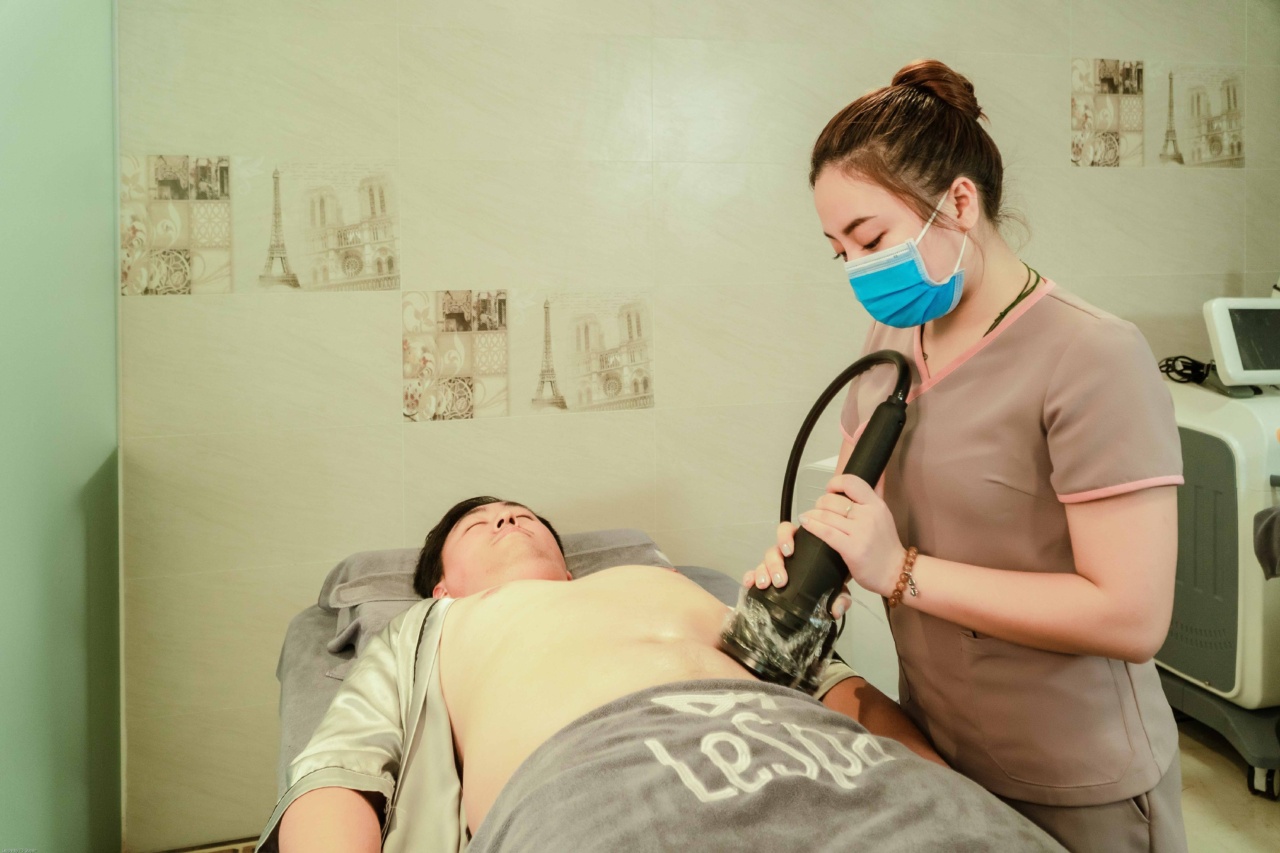Ovarian hyperstimulation syndrome (OHSS) is a condition that can occur as a result of fertility treatment, specifically in-vitro fertilization (IVF) or ovulation induction.
It is characterized by an excessive response of the ovaries to hormonal stimulation, leading to the development of enlarged ovaries and the accumulation of fluid in the abdomen and sometimes in the chest.
Causes of Ovarian Hyperstimulation Syndrome
OHSS is typically caused by the administration of hormonal medications to stimulate the ovaries for fertilization. These medications can include follicle-stimulating hormone (FSH), luteinizing hormone (LH), and human chorionic gonadotropin (hCG).
The excessive stimulation of the ovaries can lead to them becoming enlarged and producing a large number of follicles.
Some women are more prone to developing OHSS than others. Factors that increase the risk include a young age, polycystic ovary syndrome (PCOS), a high number of follicles, and a history of OHSS in previous treatment cycles.
Symptoms of Ovarian Hyperstimulation Syndrome
The symptoms of OHSS can vary in severity from mild to severe. Common symptoms include:.
1. Enlargement of the ovaries: The ovaries may become significantly enlarged, causing pelvic discomfort and a feeling of fullness.
2. Abdominal bloating and pain: Fluid accumulation in the abdomen can cause bloating and discomfort.
3. Nausea and vomiting: Some women may experience nausea and vomiting due to the enlarged ovaries and fluid retention.
4. Weight gain: The accumulation of fluid in the abdomen and other areas can lead to weight gain.
5. Difficulty breathing: In severe cases, fluid may accumulate in the chest, causing shortness of breath.
6. Decreased urine output: OHSS can affect kidney function and result in decreased urine output.
7. Ovarian torsion: In rare cases, the enlarged ovaries can twist, leading to severe pain and potentially cutting off blood supply to the ovaries.
Treatment of Ovarian Hyperstimulation Syndrome
The treatment for OHSS depends on the severity of the symptoms. In mild cases, self-care measures can help alleviate discomfort and manage symptoms. These measures may include:.
1. Rest: Getting plenty of rest and avoiding strenuous activities can help relieve pelvic discomfort.
2. Hydration: Staying well-hydrated by drinking plenty of fluids can prevent dehydration and help reduce bloating.
3. Pain relief: Over-the-counter pain medications, such as acetaminophen, can provide relief from abdominal pain and discomfort.
4. Monitoring: Regular monitoring of symptoms and ultrasound scans can help track the progression of OHSS and ensure no complications arise.
In more severe cases of OHSS, medical intervention may be necessary. This can include:.
1. Hospitalization: Severe cases of OHSS may require hospitalization for close monitoring, intravenous fluids, and electrolyte replacement.
2. Drainage of fluid: If the accumulation of fluid becomes significant, a procedure called paracentesis may be performed to drain the fluid from the abdomen.
3. Medications: Medications, such as GnRH agonists or hCG antagonists, may be prescribed to reduce ovarian activity and prevent further stimulation.
4. In vitro maturation (IVM): In some cases, the retrieval of immature eggs and their maturation outside the body may be considered as an alternative to traditional IVF to reduce the risk of OHSS.
5. Delayed embryo transfer: If OHSS is detected during an IVF cycle, the embryo transfer may be postponed to a later cycle to allow the ovaries to recover.
Conclusion
Ovarian hyperstimulation syndrome is a potential complication of fertility treatment, particularly in-vitro fertilization and ovulation induction. It can cause significant discomfort and, in severe cases, lead to complications.
Early diagnosis and appropriate management are crucial in preventing severe OHSS. Women undergoing fertility treatment should be closely monitored to minimize the risk and take necessary precautions. With proper care and timely intervention, the majority of cases of OHSS can be managed effectively.





























